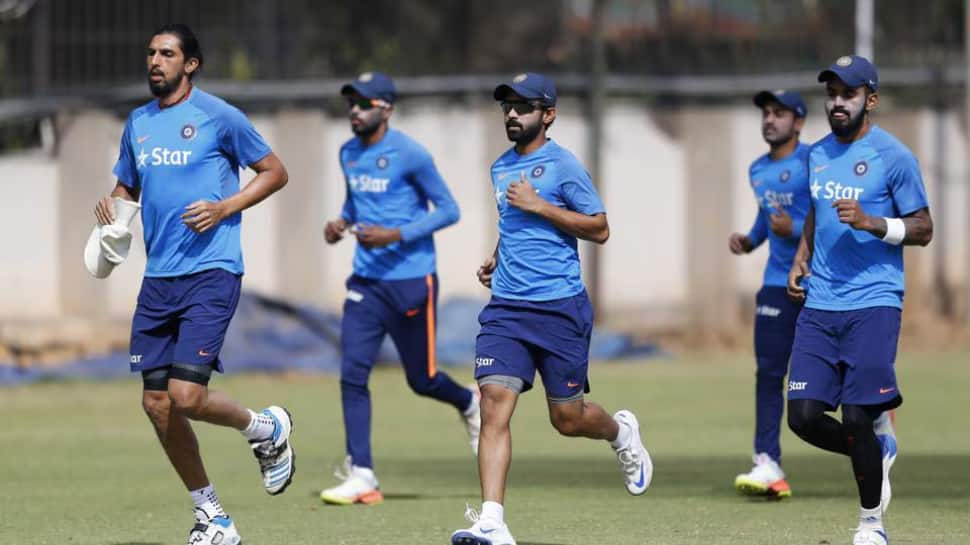The BCCI has introduced a new fitness challenge for Indian cricketers, the Bronco Test. Already popular in rugby and used by the New Zealand All Blacks, this high-intensity running drill will now be a key part of assessing the fitness levels of Team India, alongside the Yo-Yo Test and the 2 km time-trial.
What Is the Bronco Test?
The Bronco Test is designed to measure an athlete’s endurance, stamina, and mental toughness. It involves continuous shuttle runs over distances of 20m, 40m, and 60m, repeated five times without any rest. In total, players cover 1,200 meters, and the goal is to finish it as quickly as possible.
- Elite benchmark: Under 5 minutes
- Target for cricketers: Within 6 minutes
The test is brutal in nature, pushing athletes to their aerobic and mental limits, which makes it highly relevant for cricket, especially for fast bowlers who need long-lasting stamina in demanding match conditions.
Why Is India Using It Now?
The move comes after concerns over player fitness levels, particularly among fast bowlers during long spells. Unlike gym-based training, the Bronco Test focuses on game-like movements, sprinting, and recovery under fatigue. Strength & conditioning coach Adrian le Roux and head coach Gautam Gambhir have backed the test to make Indian cricketers fitter, sharper, and better prepared for modern-day demands.
How Does It Compare to the Yo-Yo Test?
- The Yo-Yo Test focuses on aerobic endurance with incremental speed runs.
- The Bronco Test emphasizes sustained speed, repeated turns, and stamina over a fixed distance.
- Together with the 2 km time-trial, they provide a complete picture of a player’s fitness.
Why It Matters for Indian Cricket
Some Indian players have already undergone the Bronco Test at the BCCI Centre of Excellence in Bengaluru. As it becomes part of the regular fitness regime, expect fitness standards to go even higher, ensuring that Team India stays competitive in all formats.
The Bronco Test is not just about numbers; it’s about pushing limits. And for Indian cricket, it could mark a new era of fitter, faster, and more resilient players.

